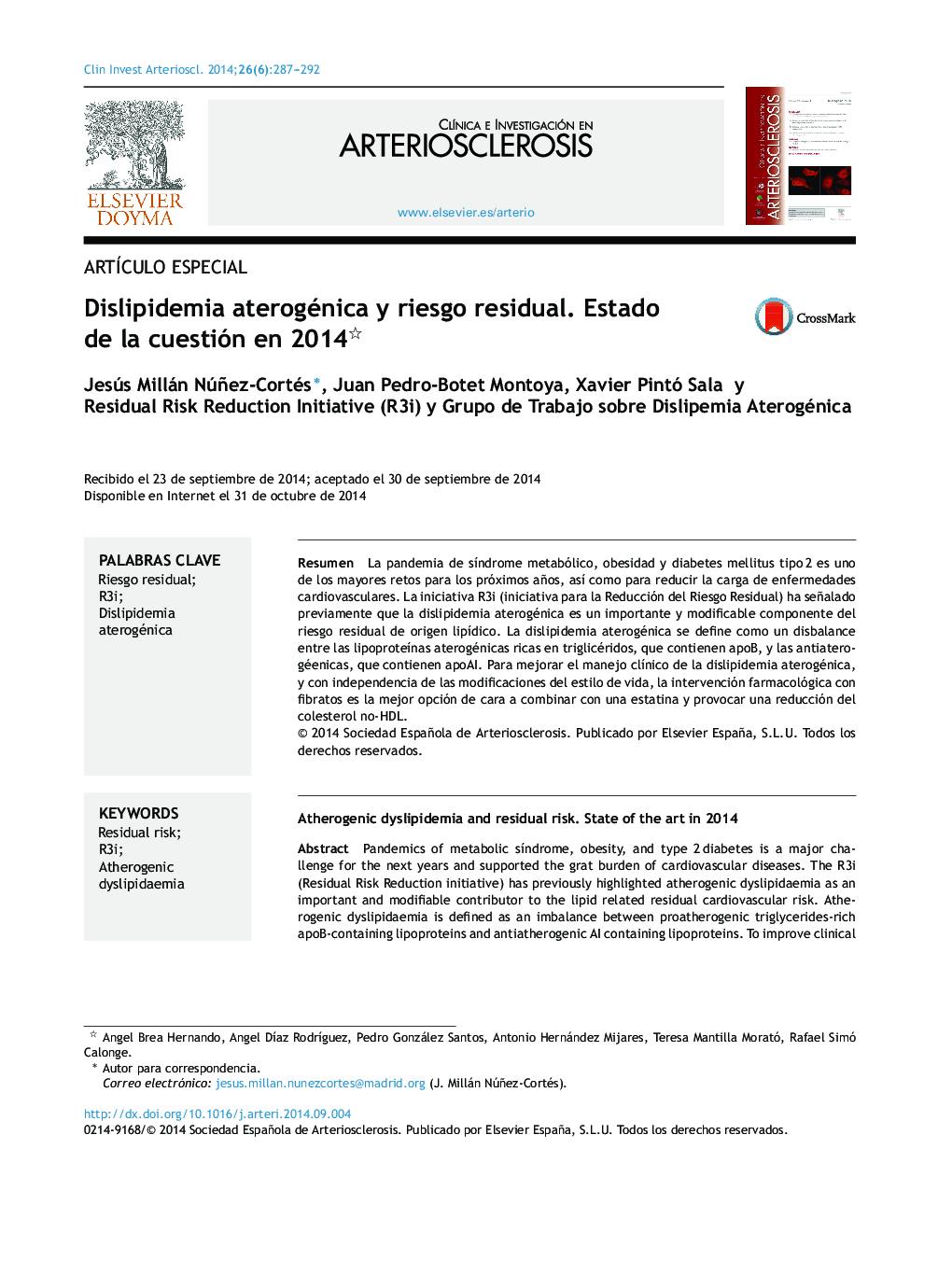| Article ID | Journal | Published Year | Pages | File Type |
|---|---|---|---|---|
| 2839658 | Clínica e Investigación en Arteriosclerosis | 2014 | 6 Pages |
Abstract
Pandemics of metabolic sÃndrome, obesity, and type 2Â diabetes is a major challenge for the next years and supported the grat burden of cardiovascular diseases. The R3i (Residual Risk Reduction initiative) has previously highlighted atherogenic dyslipidaemia as an important and modifiable contributor to the lipid related residual cardiovascular risk. Atherogenic dyslipidaemia is defined as an imbalance between proatherogenic triglycerides-rich apoB-containing lipoproteins and antiatherogenic AI containing lipoproteins. To improve clinical management of atherogenic dyslipidaemia a despite of lifestyle intervention includes pharmacological approach, and fibrates is the main option for combination with a statin to further reduce non-HDL cholesterol.
Related Topics
Life Sciences
Biochemistry, Genetics and Molecular Biology
Physiology
Authors
Jesús Millán Núñez-Cortés, Juan Pedro-Botet Montoya, Xavier Pintó Sala,
